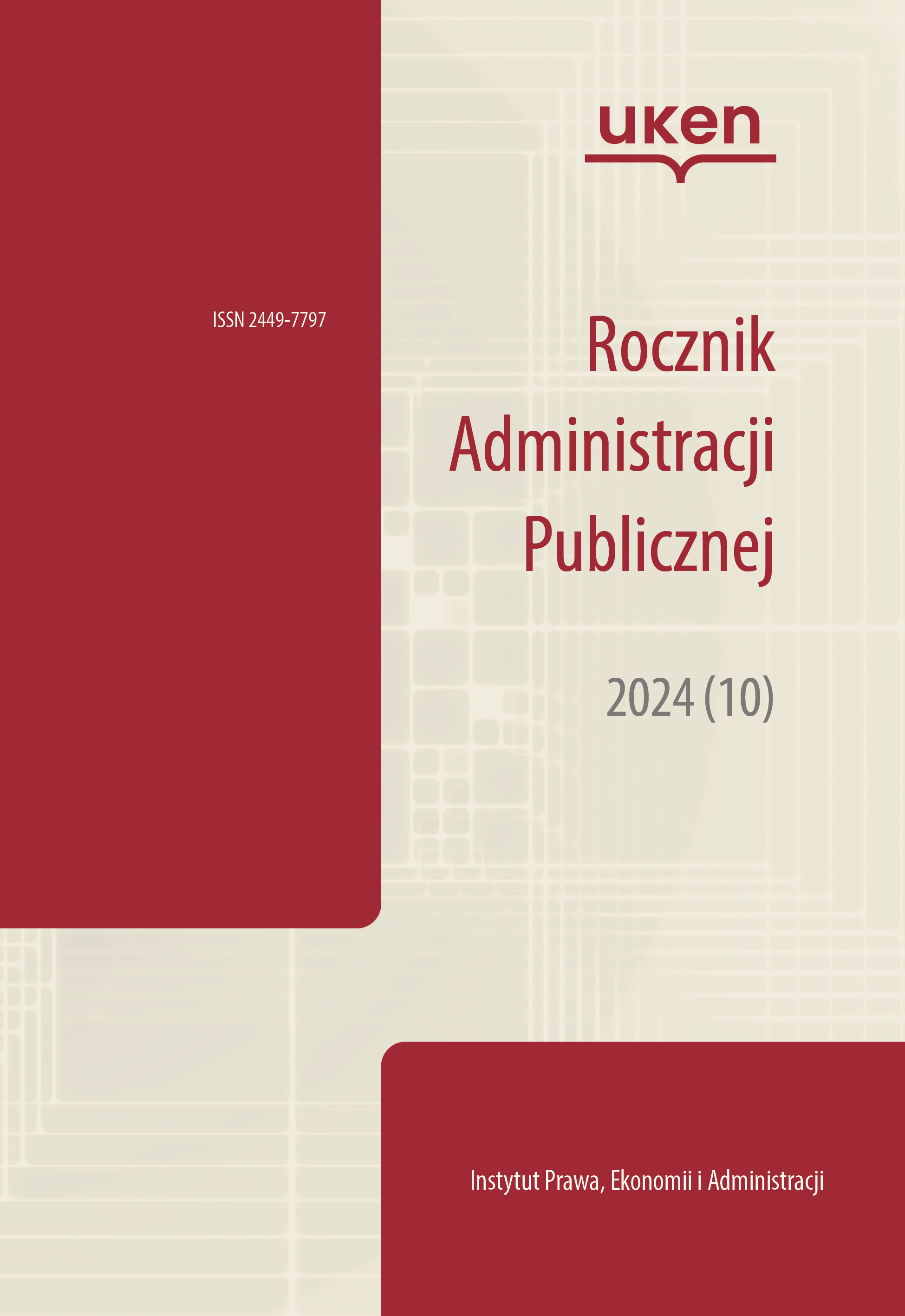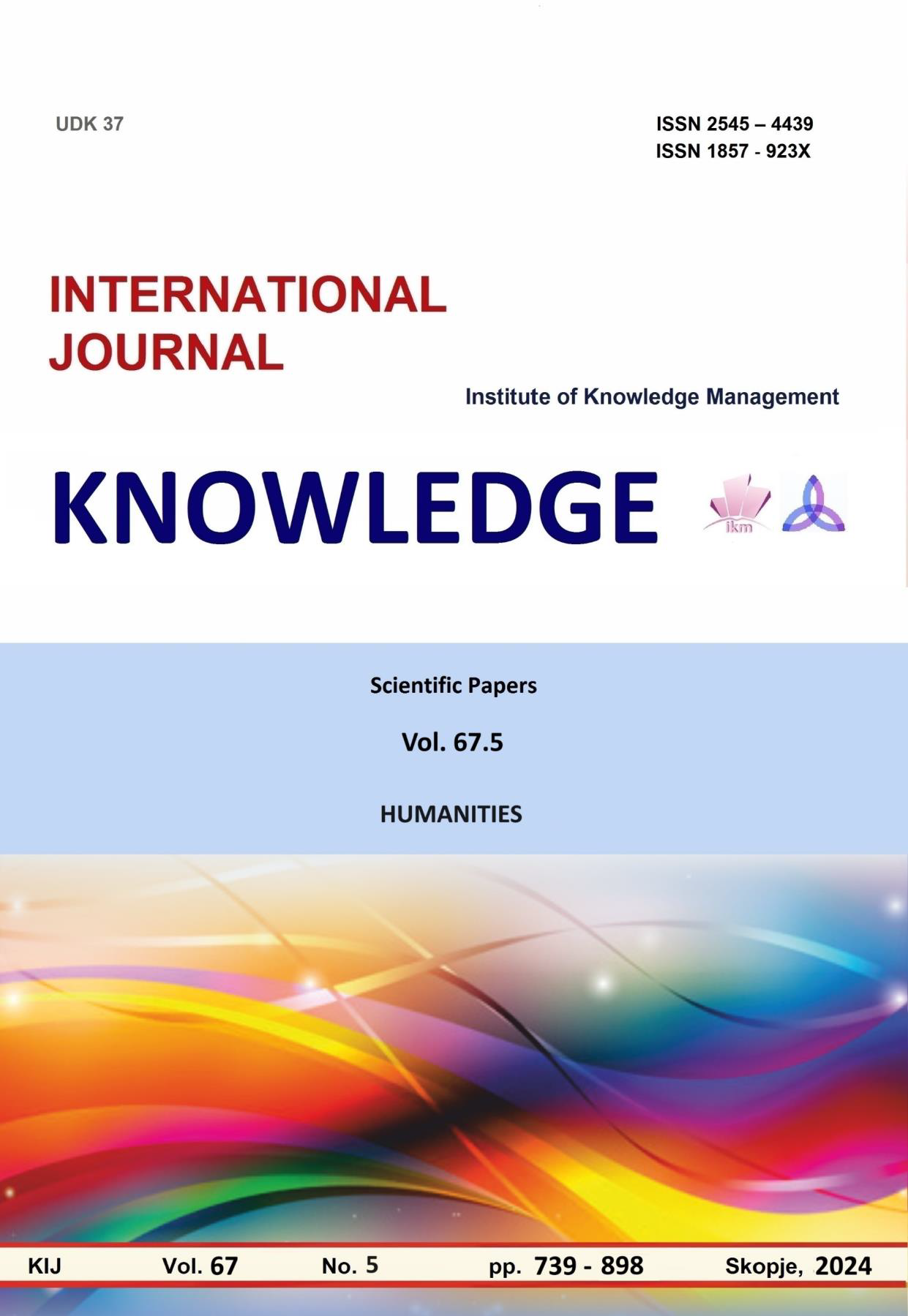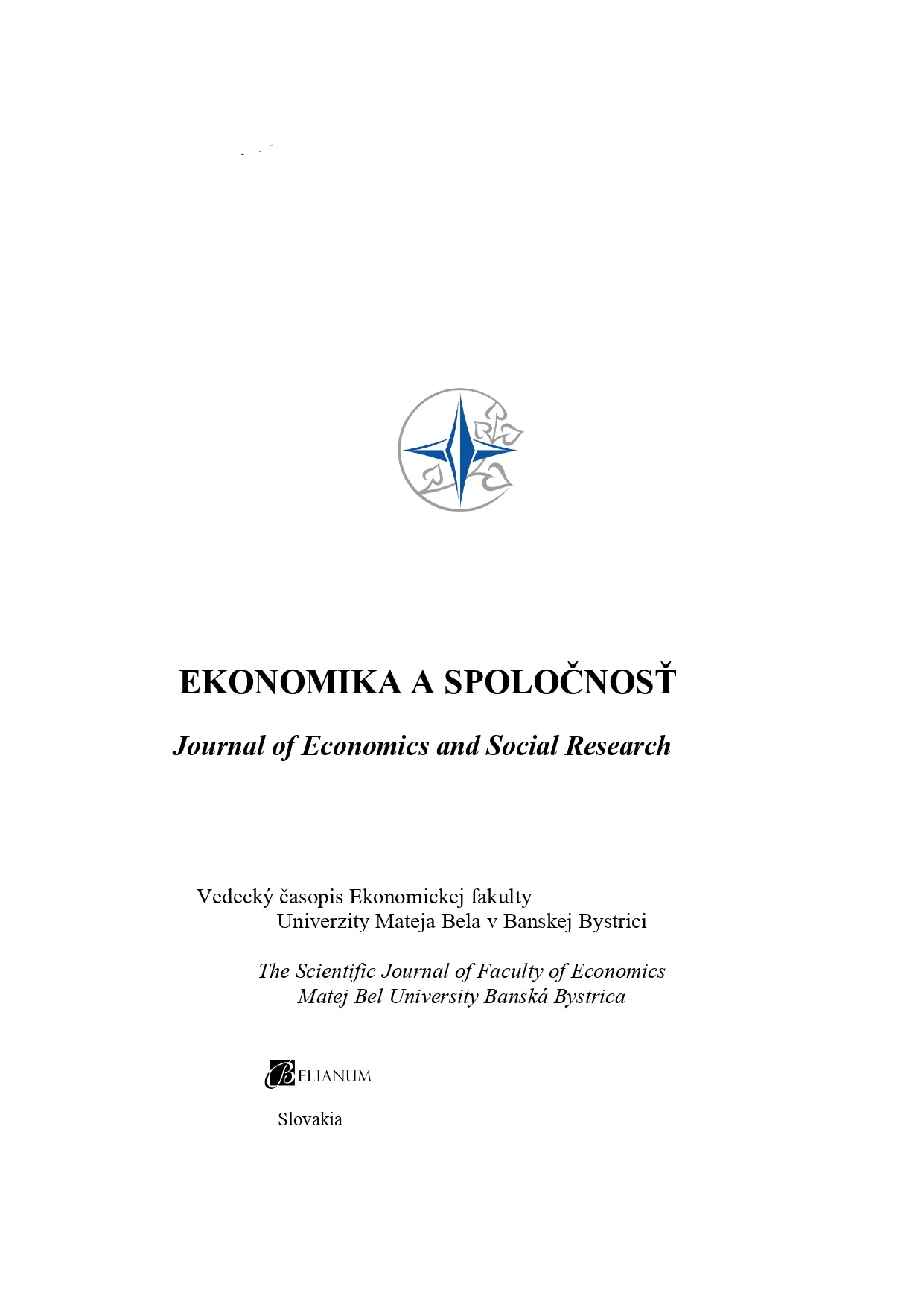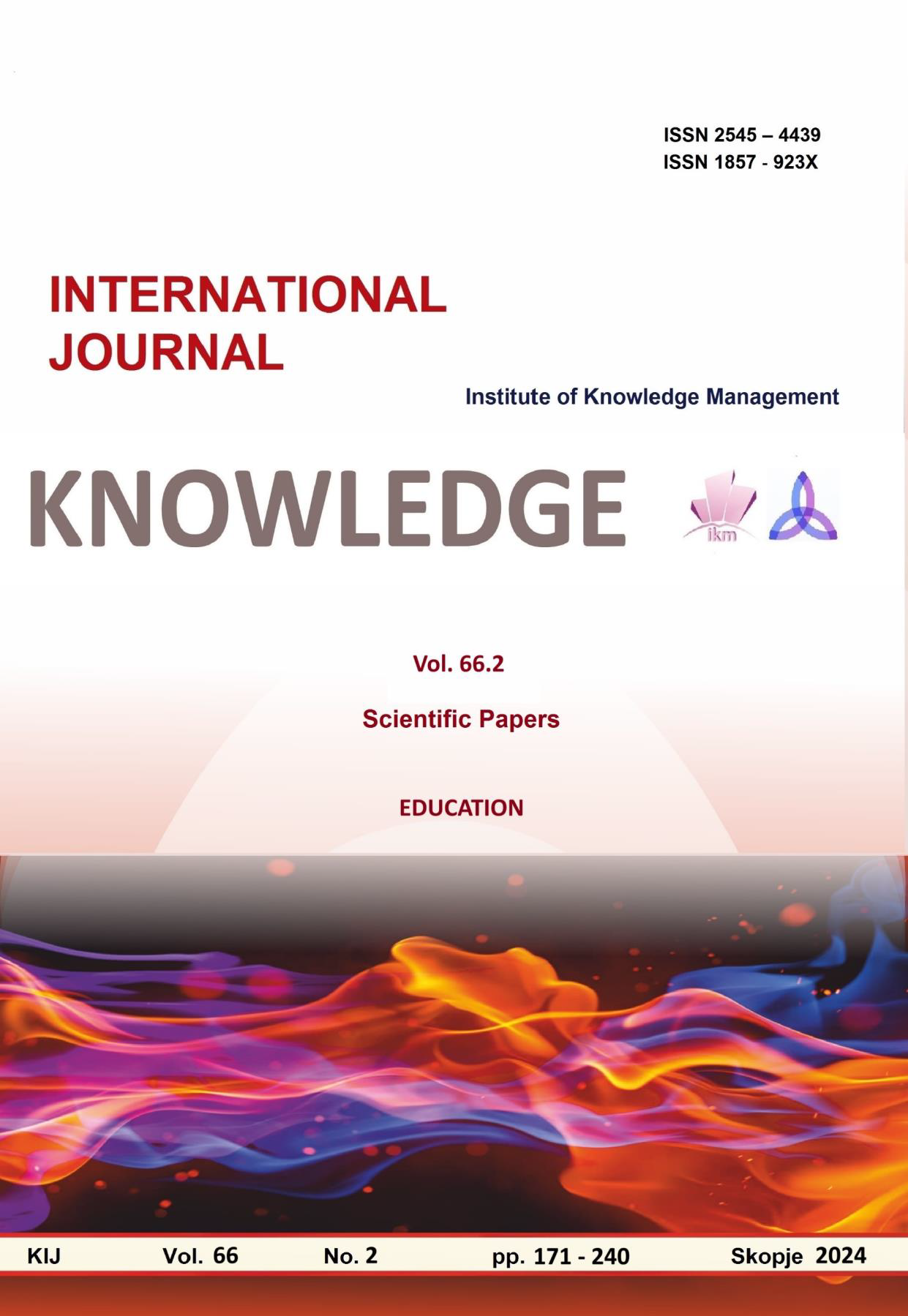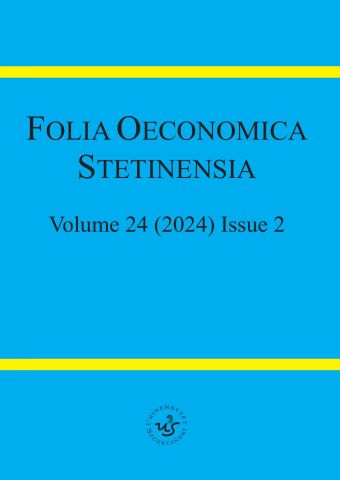
Job Performance Influenced by Leadership and Training: Job Satisfaction and Organizational Commitment as Mediator Variables
Research background: Efficiency and effectiveness in treating workers are the focus of this research in an era completely limited by circumstances to adapt to these rapid changes by analyzing the influence of leadership and training on job satisfaction, organizational commitment, and the subsequent impact on performance. Purpose: To determine the impact of leadership and training on performance through job satisfaction and organizational commitment.Research methodology: We use quantitative methods with a path analysis. The statistical application of IBM SPSS 24 is used to calculate tiered linear regression statistics on three substructures. Substructure 1 analyzes job satisfaction, which is influenced by leadership and training. Substructure 2 explores organizational commitment as influenced by leadership and training. Substructure 3 studies performance as affected by leadership, training, job satisfaction, and organizational commitment.Results: Performance is directly influenced by leadership, training, job satisfaction, and organizational commitment. Job satisfaction is influenced by leadership and training. Organizational commitment is influenced by leadership and training. On the indirect effect, performance is influenced by leadership and training, both job satisfaction and organizational commitment as mediating variables.Novelty: Several workforce behavioral variables were integrated to adapt to rapid environmental changes.
More...


